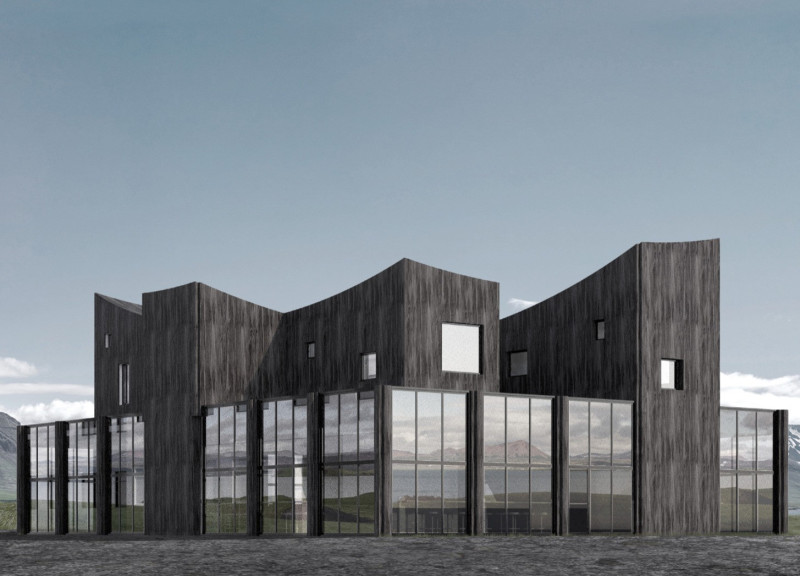5 key facts about this project
At its core, the project is designed as a multifunctional space that accommodates diverse activities, enhancing community interaction and engagement. It consists of several distinct areas including collaborative workspaces, recreational facilities, and social gathering spots. This thoughtful organization promotes a seamless flow between various functions, encouraging both individual focus and social connectivity among users. The layout has been meticulously crafted to ensure accessibility and usability, with clear pathways and visible sightlines that guide individuals through the space efficiently.
One of the standout features of this architectural design is its unique approach to materiality. The project utilizes a combination of concrete, glass, steel, and natural wood, each selected for their aesthetic qualities as well as their performance characteristics. Concrete serves as the primary structural element, providing durability and strength, while glass facilitates a connection to the outdoors. Large expanses of glazing not only allow natural light to flood the interior but also create visual links between the inside and outside environments. The natural wood accents soften the overall appearance, adding warmth and inviting textures that encourage interaction and comfort.
Environmental considerations are significantly woven into the design. The project incorporates various sustainable strategies, such as passive design techniques that enhance energy efficiency and help regulate indoor conditions without excessive reliance on mechanical systems. These features include strategically placed overhangs that minimize solar gain during warmer months while allowing sunlight to penetrate deeper into the space during the colder seasons. The integration of green roofs and landscaped terraces not only contributes to biodiversity but also improves the building’s thermal performance and stormwater management.
Architectural details play a crucial role in emphasizing the building's identity. Thoughtfully designed facades incorporate dynamic patterns that shift with the sunlight, giving the building a unique character throughout the day. Key design elements such as cantilevered sections and interactive public spaces around the periphery enhance the engagement between the structure and its context. Consideration has been given to noise mitigation as well, employing acoustic materials and strategic landscaping to create a peaceful indoor environment amidst urban activity.
The project also pays homage to its cultural context, reflecting local architectural vernacular while pushing modern boundaries. Local traditions inform elements of the facade, and the incorporation of public art and community spaces instills a sense of ownership among residents. The interplay between public and private spaces reinforces a strong connection to the community, encouraging gatherings and enriching the urban fabric.
Exploring the architectural plans, sections, and designs in further detail can provide deeper insights into the innovative and practical solutions applied throughout the project. The careful consideration of user experience and environmental impact sets this architectural design apart as a model for future developments within urban contexts. By examining these elements closely, readers can appreciate the thought processes behind each design decision, illustrating how the project serves as both a functional space and a catalyst for community interaction. Visitors are encouraged to explore the project presentation for a more comprehensive understanding of its architectural ideas and unique design approaches.


























